Ghana is the ideal destination for lovers of nature safaris. With its 16 national parks, reserves and protected areas, it is home to extraordinary wildlife and dreams natural habitats.
Check out these amazing hotel deals!
- Save up to 30% on your hotel in Hawaii!
- Last-minute holiday hotel deals
- Top hotel deals for a new year trip
- Visiting Paris? Find the Best Deals & Reviews at TripAdvisor.
- Save 30% on hotels in Ocean City, Maryland...a TripAdvisor Top 10 Summer Destination!
- Save up to 30% on your hotel on your Winter Vacation!
- Find top-rated hotels at the lowest prices on TripAdvisor. Check rates now!
- Save up to 30% on hotels for a romantic getaway!!
Fun Facts About Ghana
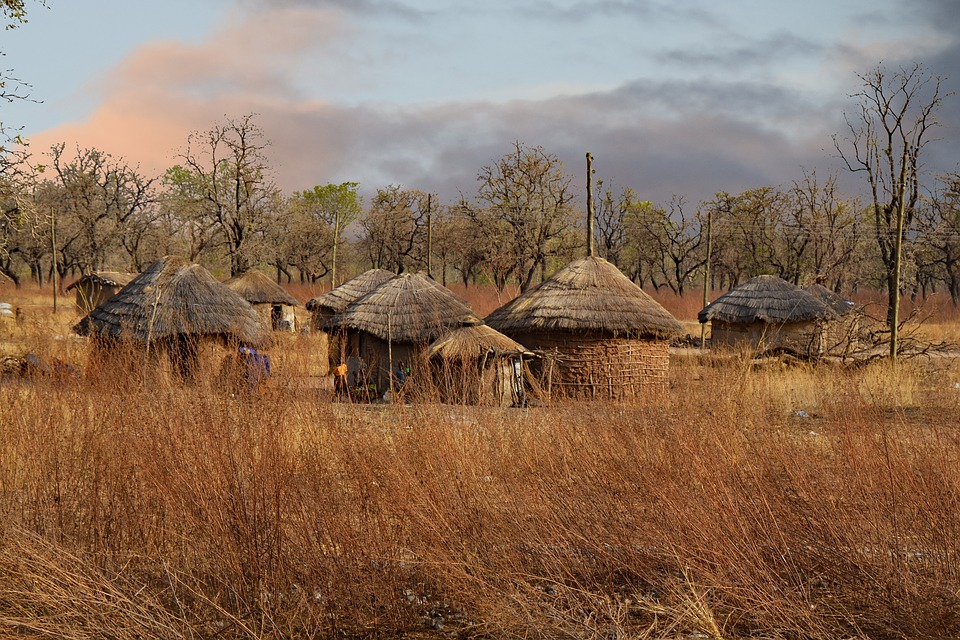
- Inhabitants: 28.21 million
- Capital: Accra
- Languages: English
- Local currency: Ghanaian cedi – 1 GHS = € 0.18
- Climate: tropical climate, the “cold” month is almost everywhere March (18-20 ° C), and the hottest August, with an annual average around 26 ° C.
- Vaccinations: A yellow fever vaccination certificate is required for all travelers. The following vaccinations are recommended: yellow fever; diphtheria and tetanus; measles; typhoid fever; hepatitis A; hepatitis B; anger; meningococcal meningitis.
- Entry requirements: a passport with at least 6 months of remaining validity is required The Ministry of Foreign Affairs of Ghana, for reasons of national security, has ordered that all travelers, in addition to the control of passport, visa, and the information form filled out for the local immigration authorities, will also be subject to the taking of fingerprints of both the hands. A half-length photo will then be taken, intended to be stored together with the other data in special archives. The entry visa is required, to be requested before departure at the Ghanaian Representation responsible for the applicant’s place of residence.
Best Time to Go
The climate of Ghana is somehow unstable. The weather conditions and temperatures are in fact subject to proximity/distance from the sea. There is also a long period of drought, due to the Saharan Harmattan wind, which can vary from 4 to 6 months.
Tropical Climate
The “coldest” month is March, with temperatures ranging from 18-20 ° C, while the hottest in August, with an average temperature of around 26 ° C. In the northern region, from March to September there is the rainy season while in the central and southern areas, those closest to the coast, the rainfall is concentrated in two periods: between April and June and between September and November, the latter concentrated above all. along the western coast.
It varies according to the chosen area, although generally it is always concentrated around January. From December to February is the best time to visit the center-north, as the weather is drier and sunnier, albeit with peaks of heat during the day and cold at night, with lows around 10 degrees. The best time to visit the north is November-January when the climate is milder. Period to avoid: the rainy season, which runs from May to September in the north, from April to October in the center, from April to November in the south, from April to June on the coast
Mole National Park
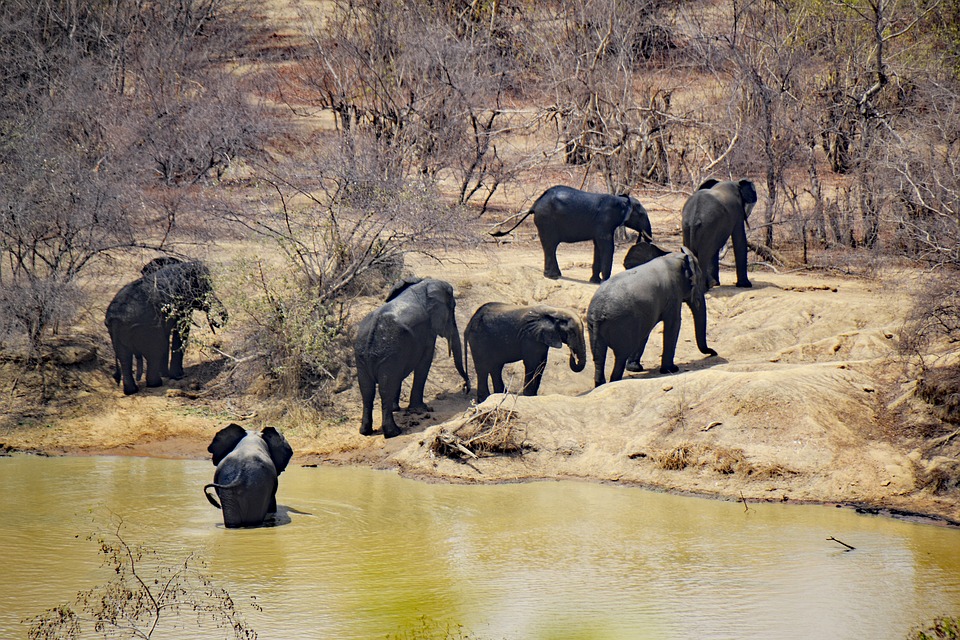
Mole National Park is the largest natural park in Ghana. Located in the north-west of the country, it includes areas of savannah and other riparian areas, at an altitude of 150 m. The diversity of environments has meant that the park became the home of a very varied fauna, made up of herds of elephants, buffaloes, hippos, 344 different species of birds, and 33 species of reptiles.
In addition, the Mole National Park is the only area where some rare species of antelope and monkeys live, and obviously, there is the opportunity to admire them up close.
Best Time to Go
January, when the weather is dry and you can stay there for 5 days comfortably.
Average Price
Price starts from € 601.00
Kakum National Park
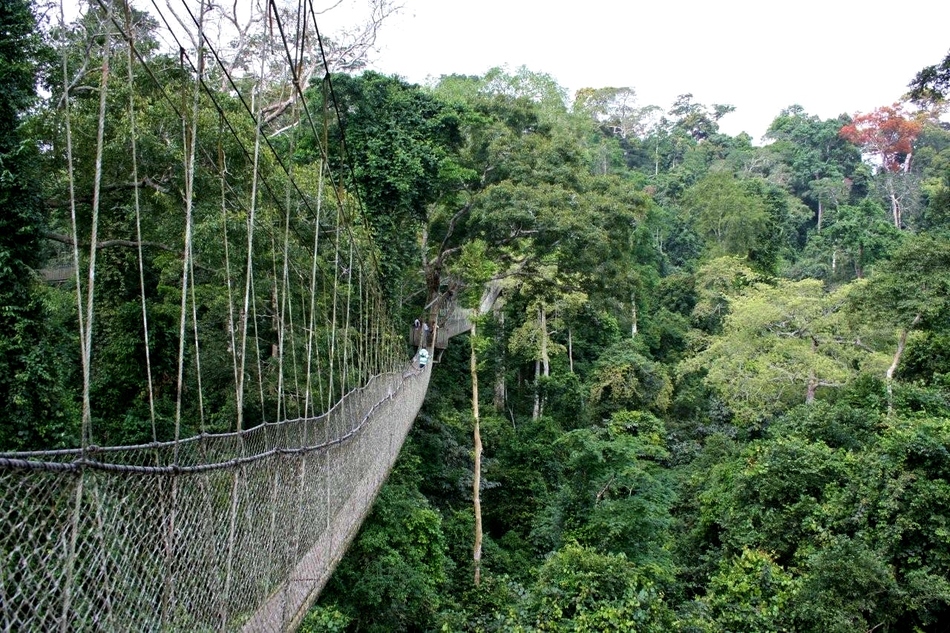
Kakum National Park is one of the largest equipped natural parks in Ghana. The park area is over 350 sq km, mainly covered by rainforest, and is home to around 40 species of large mammals, including elephants, flying squirrels, and leopards, over 275 bird species, numerous reptiles, and amphibians.
The biodiversity of the flora is such that in some areas of the park there are more than 200 different plant species per hectare. Although large mammals are generally difficult to meet, the large amount of bird species makes the Kakum a true birdwatching paradise so much so that at the park headquarters, you can buy a catalog of the registered animal species present in the park…
The main attraction is the Ebony Trail, a path about 350 meters long consisting of rope bridges, at a variable height between 30 and 40 meters.
Best Period to Go
You can visit comfortably from January to March when the wind from the East-Northeast makes the climate mild
Average Price
Admission is from 40 Ghanaian cedis (around € 7.50)
Ankasa Conservation Area
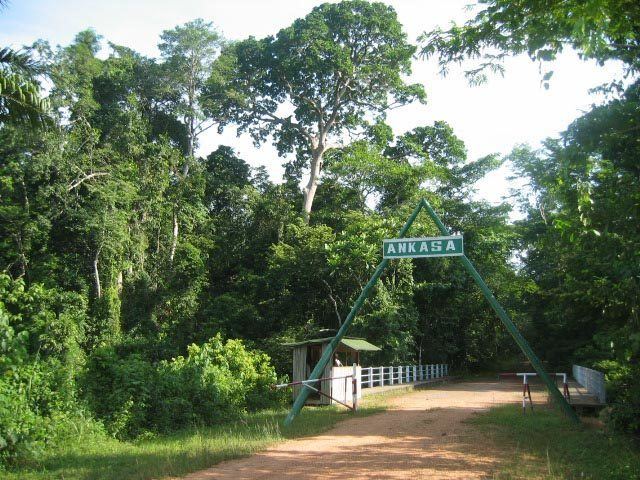
Conservation Area includes Nini Suhien National Park and Ankasa Forest Reserve. The park is approximately 500 square kilometers in size and consists largely of evergreen tropical rainforest. The Ankasa, Nini and Suhien rivers pass through the park and are known for their rapids and waterfalls. The forest boasts more than 800 plant species, 639 butterfly species, and over 190 types of birds.
The area is home to elephants, leopards, and different types of monkeys, which are very easy to encounter while touring the area. The park includes toilets and running water, as well as numerous benches.
Best time to Go
January and February, the two relatively driest months of the year and you can stay there for a week without any problems.
Average Price
It starts from € 899.00 depending on the package that you will avail.
Bia National Park
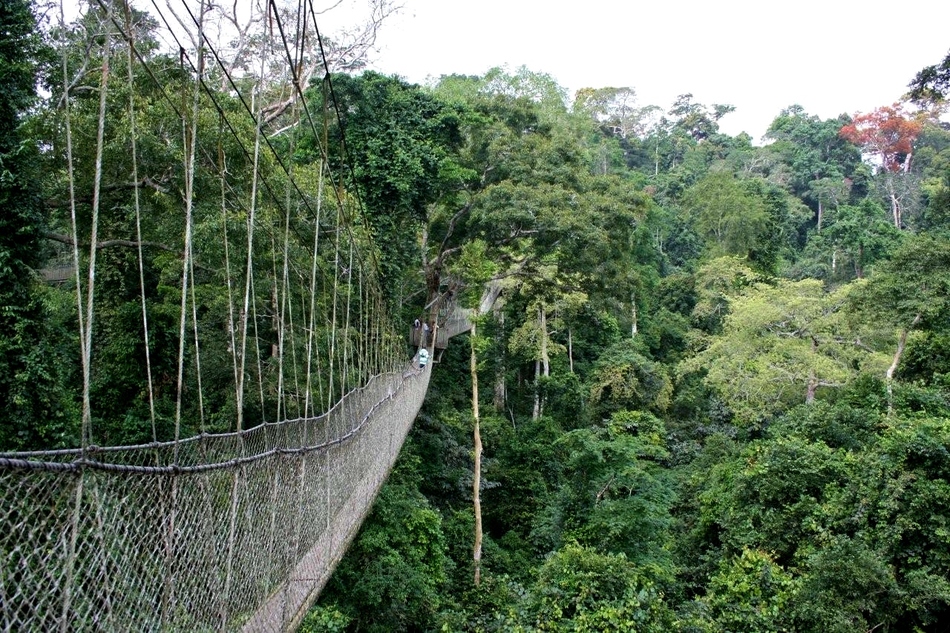
Bia National Park is a national park in the western region of Ghana, covering 563 square kilometers. The park is home to rare varieties of mammals, several endangered bird species, such as the white-breasted guinea fowl, and some of the tallest trees in West Africa.
On one visit, you can see over 100 different bird species, along with numerous elephants and different breeds of chimpanzees.
Best Time to Go
January, when rainfall is rare and the climate mild
Kyabobo National Park
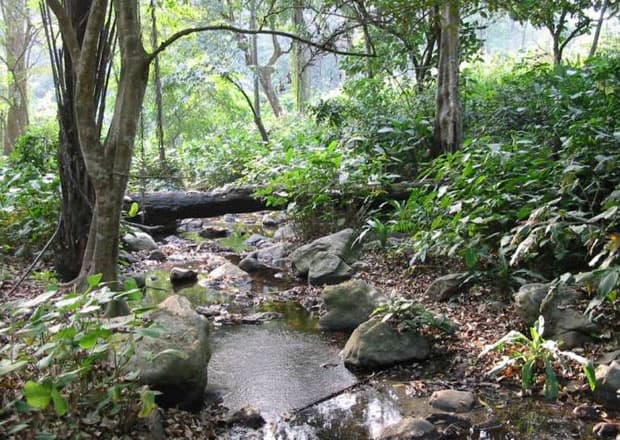
Kyabobo National Park measures 360 square kilometers and is located in the Volta region on the border with Togo.
The park is located in a transition zone between the rainforest/tropical and the savannah of trees: this means that the fauna of the park includes a large number of elephants, water birds, buffaloes, and leopards. In the park, there is the highest mountain in Ghana, Mount Dzebobo, which offers a splendid view of Lake Volta, and as many as 500 species of butterflies and 235 birds.
Best Time to Go
The best month that you should go to this place is in January.
What to wear and pack?

The climate of Ghana is subject to the proximity/remoteness of the area from the sea. The temperature is always around 26 ° C, except for March where temperatures range from 18-20 ° C.
So, summer clothing is just fine: natural fiber is recommended as it does not attract heat. In the evening it is generally cooler, so it is good to have a jacket as well as an umbrella on hand in case of sudden showers.
Recommended Clothing
- Light clothes
- Natural fiber
- A sweatshirt or jacket for the evening
Useful Accessories
- Umbrella
- Raincoat
- Dust-laden wind scarf
Travel Insurance
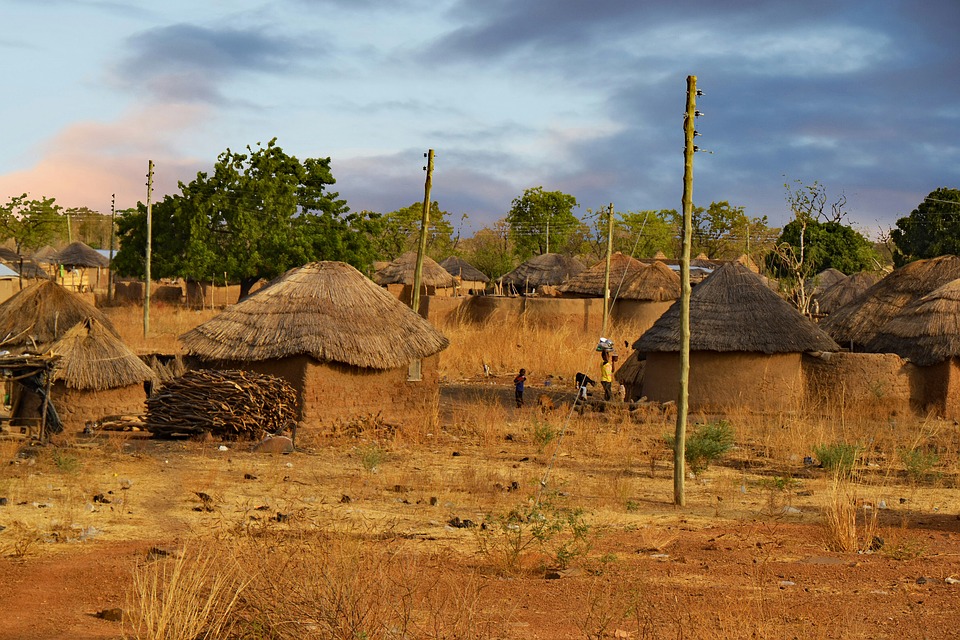
Our advice is to always rely on a trustworthy Insurance Company, which provides comprehensive coverage at absolutely competitive prices. They also provide customer assistance, an always active call center, and 24-hour medical insurance with unlimited telephone medical advice: we know well that when you are abroad in emergency situations, finding a consultant who is always ready to respond is the most important thing.
Check out these amazing hotel deals!
- Save up to 30% on your hotel in Hawaii!
- Last-minute holiday hotel deals
- Top hotel deals for a new year trip
- Visiting Paris? Find the Best Deals & Reviews at TripAdvisor.
- Save 30% on hotels in Ocean City, Maryland...a TripAdvisor Top 10 Summer Destination!
- Save up to 30% on your hotel on your Winter Vacation!
- Find top-rated hotels at the lowest prices on TripAdvisor. Check rates now!
- Save up to 30% on hotels for a romantic getaway!!
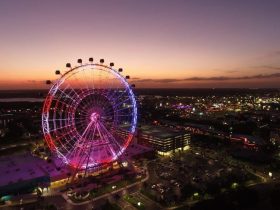




Find Us on Socials